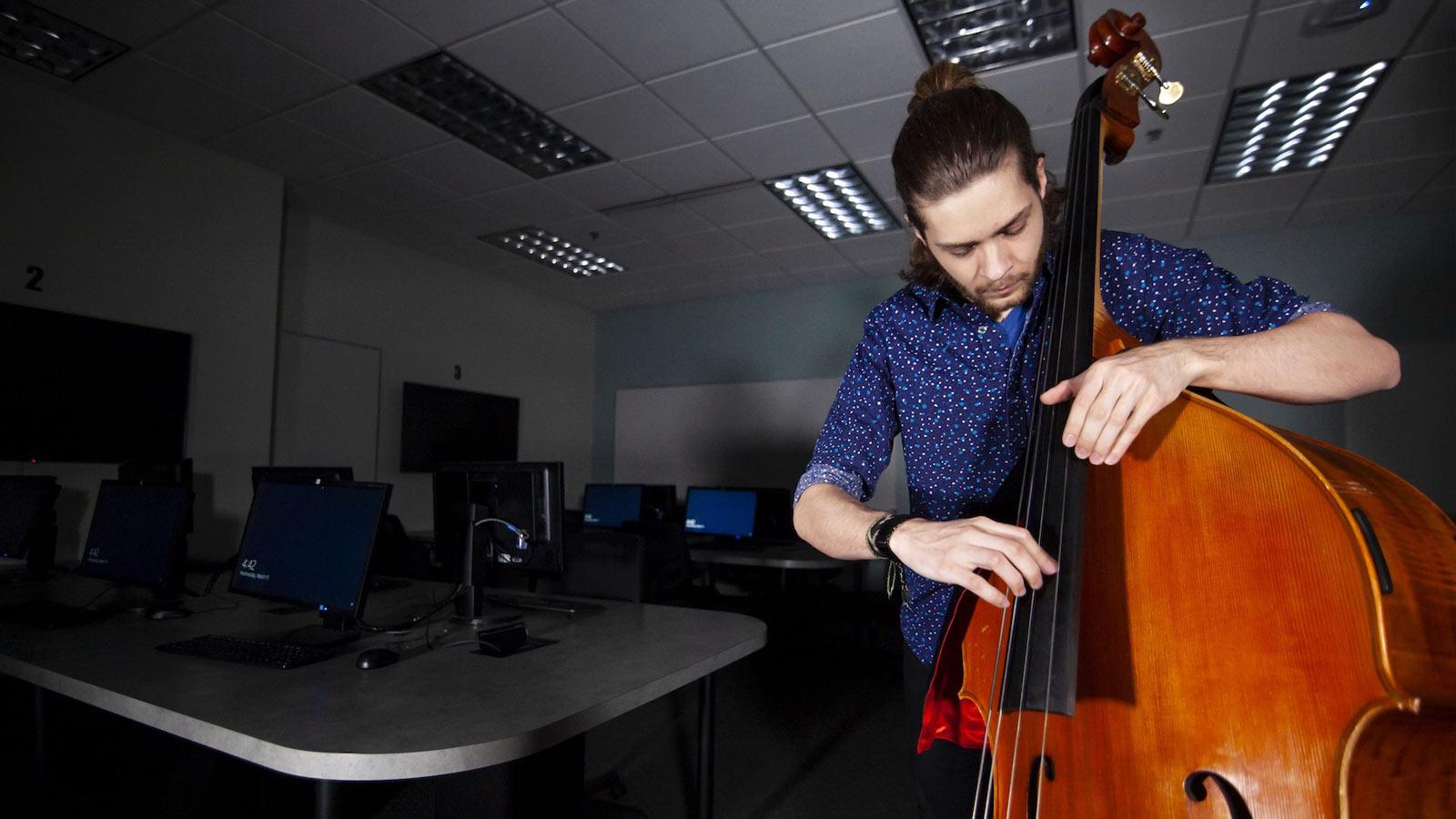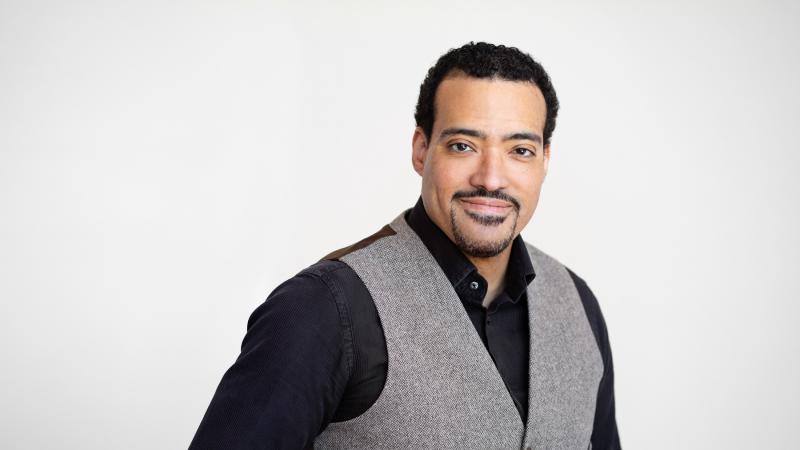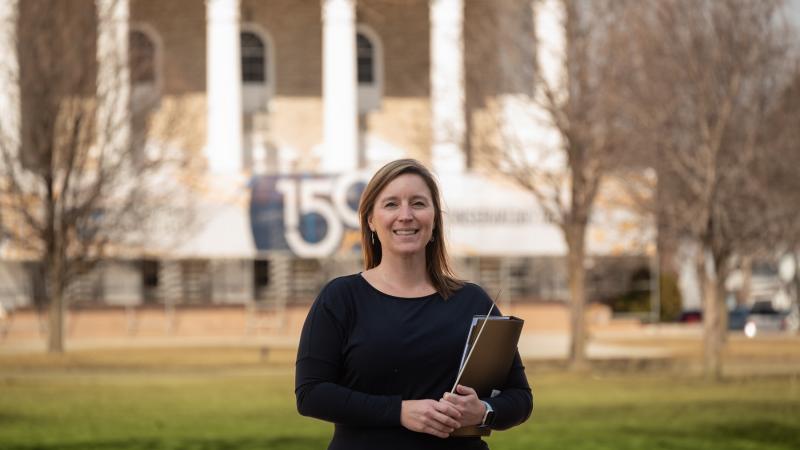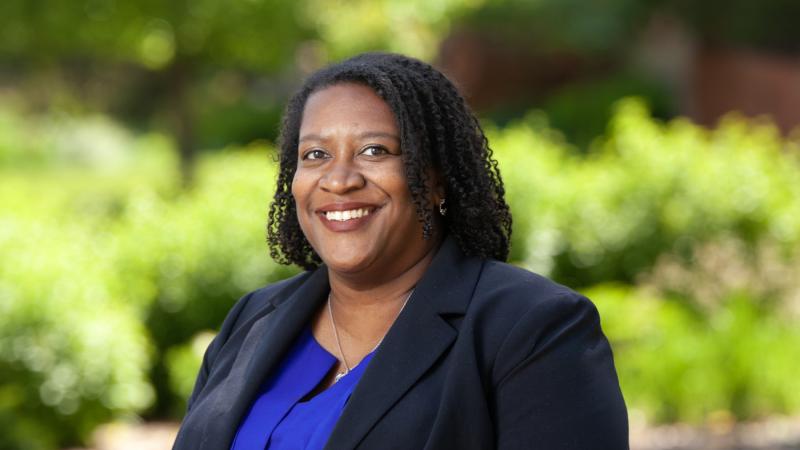2 Minutes With … is a series of short features to introduce us to the passions and interests of Lawrence students on and off campus.
Meet Andrew Foley ’20, a computer science and math double major with a music minor.
This surprisingly common pairing of math and music challenges our too-indulged notion of STEM and the arts as polarized fields, and shows us how Lawrentians unite the two in perfect harmony every day.
Striking the right chord
Foley started playing bass in fifth grade in his hometown of Waunakee, Wisconsin. Despite playing piano as a child, and a brief foray with the saxophone in high school, he has stuck with the bass and has embraced the unexpected parallels between that and his fascination with math.
“The most intersection is in theory,” Foley said. “With the music minor, the first three terms out of five are in theory. You’re working on a scale of eight tones so you can sort of see the connection between playing with how the tones line up.”
To say it simply, being a musician calls for a quantitative type of thinking. Foley sees this in jazz turnarounds—moments of transition and resolve at the end of a section—numerically represented as 2-5-1 turnarounds, or 3-6-2-5-1, to name a couple.
“For me, it’s a mix of sequencing and thinking of numbers,” Foley said, “and also trying to hear a specific line and trying to play something that’s similar to it.”
He points to a particular learning style offered by this quantitative thinking. Where some musicians learn best with visuals or transcription, others may benefit best from numerical thinking.
Adding it all up
This is more than just a retrospective way of talking about music. In the moment, one is always listening for those turnarounds and mathematical intervals. Mathematical thinking especially applies, Foley said, when you’re improvising or learning a new tune.
“When you’re improvising, some people can hear a line and directly play what they hear,” he said. “Some people hear a finger pattern or an interval, which is a specific number of pitches apart, which is sort of a mathematical connection there. Whenever I improvise, it’s a little bit of familiar finger patterns that I’m used to that I know sound good or doing some patterns.”
The discovery of further intersections between math and music may lie in Foley’s future. He hopes to continue his hobby of playing bass, perhaps alongside a software development job. He also ponders getting into algorithmic composing, which allows one to create music with code.
Andrew Foley
Class Year: 2020
Major: Computer Science and Math
Hometown: Waunakee, Wis.
Activities: Bass performance



